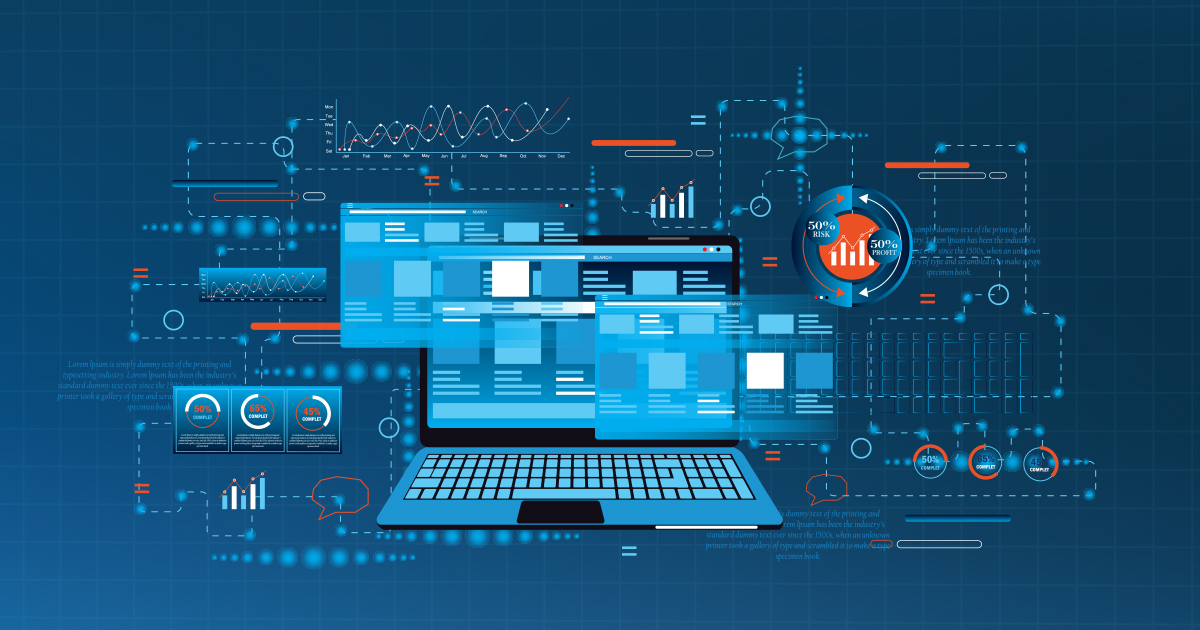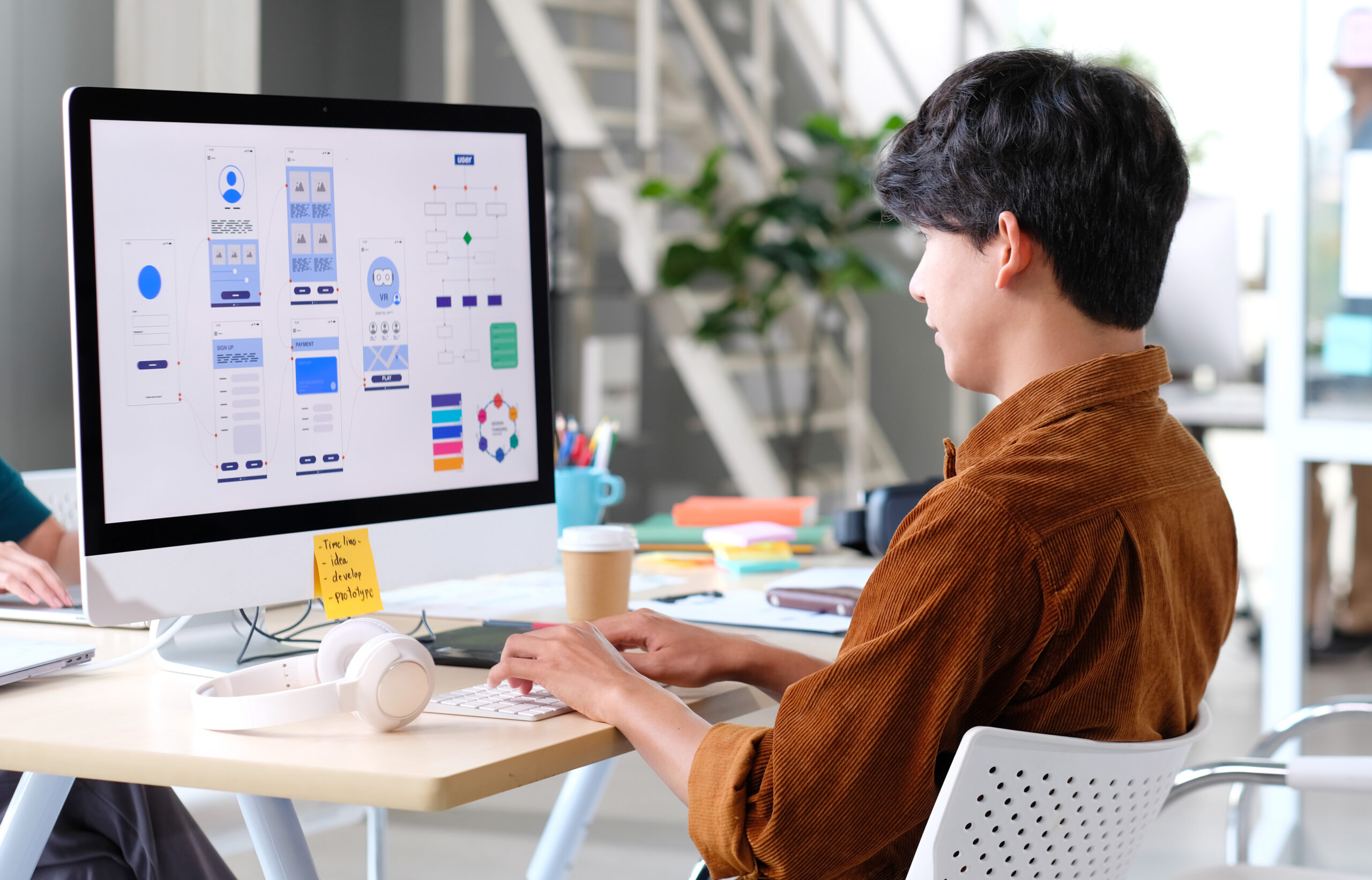The Very Best Kinds Of Web Style to Improve User Experience and Engagement
In the ever-evolving landscape of electronic interaction, the performance of Web design dramatically affects customer experience and interaction. Different design methods, such as minimalist, responsive, and interactive formats, each deal one-of-a-kind benefits that can cater to diverse individual needs.
Minimal Website Design
As electronic landscapes come to be increasingly cluttered, minimalist website design has become a powerful technique to improving customer experience. This style approach focuses on simplicity, focusing on crucial aspects while eliminating unneeded distractions. By making use of enough white area, straightforward navigating, and a restricted color palette, minimalist style fosters quality and directs user attention to crucial material.
The core concept of minimalist Web style is to produce a smooth interaction for customers. By reducing cognitive tons, customers can swiftly realize info without feeling bewildered. This straight approach not only enhances functionality but also urges interaction, as site visitors are most likely to discover a site that is visually attractive and very easy to browse.
Additionally, minimalist design frequently stresses typography and images, utilizing these elements tactically to convey messages properly. This concentrate on necessary elements can enhance brand identity and create a remarkable individual experience. Essentially, minimal Web style is not just a trend; it is a thoughtful method that recognizes the significance of user-centered style. By removing supplementary aspects, designers can create a more engaging, effective, and delightful Web experience for all individuals.
Responsive Website Design
In today's diverse electronic environment, receptive website design has actually come to be important for developing a smooth individual experience throughout a plethora of tools. As users gain access to websites on smartphones, desktops, laptops, and tablets, the ability of a web site to adjust its format and material to different display sizes and resolutions is essential.
Responsive website design utilizes versatile grids, photos, and CSS media queries to guarantee that Web material is offered ideally, no matter the tool made use of. This strategy not just enhances the visual appeal of an internet site but also considerably improves use. Customers are more probable to engage with a site that uses a regular experience, as it removes the stress of having to focus or scroll excessively.
By taking on responsive style, services can improve their exposure and get to a broader audience. In summary, responsive Web layout is a basic technique that boosts user experience, involvement, and overall fulfillment.
Interactive Website Design
Responsive Web layout lays the groundwork for improving individual experience, but interactive Web design takes this an action better by involving customers in a much more dynamic means - Aligned Position Web Design. By integrating components such as animations, clickable prototypes, and real-time comments, interactive Web style mesmerizes individuals, attracting them into a richer browsing experience
This strategy not only fosters involvement but additionally motivates individuals to check out content actively as opposed to passively eating it. Techniques such as gamification, where individuals earn benefits for finishing jobs, can dramatically boost the time invested on a website and enhance general satisfaction. Furthermore, interactive attributes can simplify intricate information, making it a lot more digestible and delightful.

Including interactive design aspects can additionally cause higher conversion rates, as users are much more likely to engage with a website that proactively entails them. Aligned Position Web Design. Inevitably, interactive Web style transforms individual experiences into memorable trips, guaranteeing that site visitors return time and again
Apartment Layout
Identified by its minimalistic approach, level layout stresses simpleness and functionality, removing away unnecessary elements and concentrating on important features. This layout philosophy focuses on usability, ensuring that users can navigate interfaces effortlessly and effectiveness. By using a tidy aesthetic, flat layout removes the clutter usually located in more elaborate designs, thereby enhancing individual emphasis on content and performance.
The hallmark of flat style hinges on its usage of vibrant shades, straightforward typography, and geometric shapes. These aspects add to a visually appealing user interface that is both modern and friendly. Furthermore, level design fosters a sense of quality, allowing users to determine vital activities and information without disturbance.
Additionally, flat style is particularly reliable in receptive Web design, as its simplicity equates well across numerous devices and screen dimensions. By concentrating on necessary functions, level style not just fulfills individual requirements however likewise motivates smooth interaction, making it a crucial component of effective Web design strategies.
Adaptive Web Design
Adaptive website design tailors the individual experience by developing several fixed layouts tailored to different display dimensions and devices. Unlike responsive style, which fluidly adjusts a single layout, flexible design utilizes distinct formats for certain breakpoints, guaranteeing optimal discussion on numerous systems. This technique allows designers to concentrate on the one-of-a-kind attributes of each tool, improving functionality by supplying precisely what individuals need based upon their context.
Among the primary advantages of adaptive website design is its capability to enhance load times and efficiency. By offering customized content and images that fit the customer's device, sites can lessen data look at more info use and improve loading speeds. This is particularly beneficial for users with slower links or limited information strategies.

In addition, flexible layout assists in an extra regular and regulated branding experience. Since developers produce several layouts, they can make certain that the visual elements align with the brand name's identity throughout various systems - Aligned Position Web Design. This leads to a natural customer experience, improving interaction and advertising customer retention
Conclusion
Minimal style promotes clarity and emphasis, while receptive you could try this out style guarantees adaptability across numerous gadgets, promoting accessibility. Jointly, these layout approaches contribute to the production of straightforward atmospheres that not only boost fulfillment however also drive greater conversion prices, underscoring their crucial importance in modern Web design approaches.

Minimalist design fosters clarity and focus, while responsive design guarantees versatility across different gadgets, promoting availability. Jointly, these style approaches contribute to the development of easy to use atmospheres that not only improve complete satisfaction but also their explanation drive higher conversion prices, emphasizing their critical relevance in modern Web style techniques.